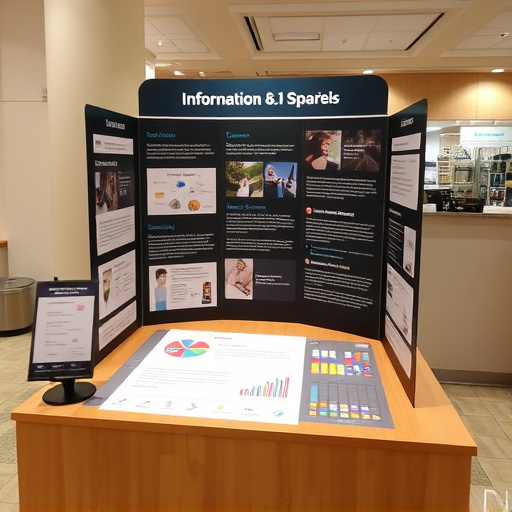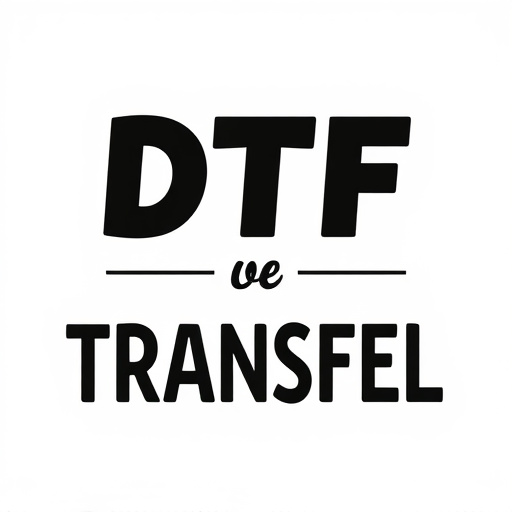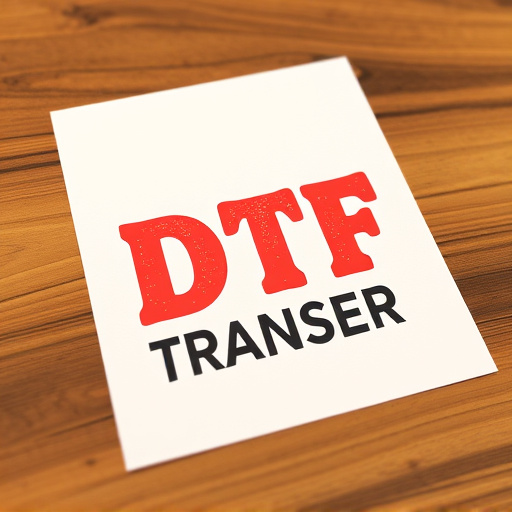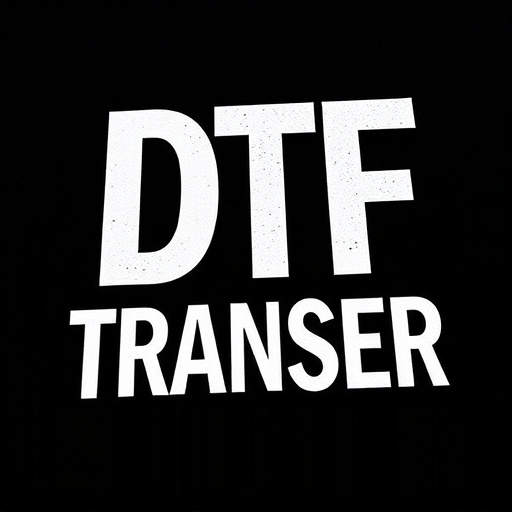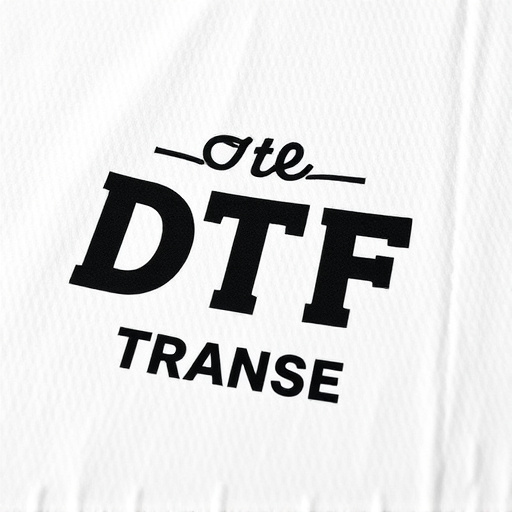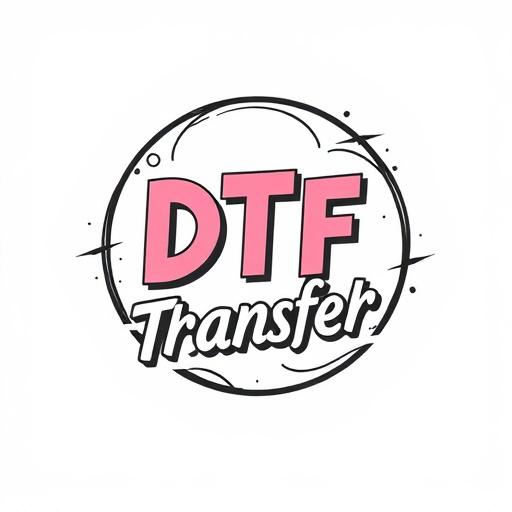Direct-to-film (DTF) transfer is a game-changer in film distribution, allowing filmmakers to bypass traditional channels and deliver content directly to audiences. The process involves post-production, encoding for quality and file size management, and shipping options like standard (7-14 days) or express (2-5 business days). Turnaround times vary greatly: 2-4 weeks for existing conversions vs. 6-8+ weeks for custom products. Robust tracking and communication systems enhance customer satisfaction. To optimize DTF delivery, align product attributes with technology, use proper file formats, collaborate with specialists, streamline workflows, and employ advanced printing techniques.
Discover the intricacies of delivery options for direct-to-film (DTF) products, exploring a range of factors that impact your order timeline. From understanding the DTF transfer process and its stages to choosing between standard and express shipping, this guide covers it all. Learn how product types and tracking play key roles in delivery efficiency. Optimize your DTF experience by gaining insights into managing expectations and ensuring timely results.
- Understanding Direct-to-Film (DTF) Transfer Process
- Factors Influencing Delivery Timeframes
- Standard vs Express Shipping Options
- Timeframe Considerations for Different Product Types
- Tracking and Communication During Delivery
- Optimizing DTF Delivery for Efficient Results
Understanding Direct-to-Film (DTF) Transfer Process

Direct-to-film (DTF) transfer is a process that allows filmmakers and content creators to bypass traditional distribution channels and deliver their films directly to audiences. This modern approach streamlines the production-to-release pipeline, offering several benefits for independent filmmakers in particular. The DTF transfer process typically begins with post-production work, where the film is edited, graded, and prepared for digital distribution.
Once ready, the film is converted into a suitable format for online platforms or physical media. This conversion involves encoding the video file, ensuring optimal quality while minimizing file size to facilitate efficient streaming or disc manufacturing. The content is then made available through various channels like online streaming services, digital download platforms, or even physical media such as DVDs or Blu-rays. Understanding this DTF transfer process is key to navigating the direct-to-film landscape and reaching viewers effectively.
Factors Influencing Delivery Timeframes

Several key factors can significantly influence delivery timeframes for direct-to-film (DTF) products. Firstly, the complexity and volume of the order play a crucial role; larger or more intricate projects will generally require more time to complete due to detailed processing and potential customization needs. Additionally, the destination location matters; regional or international deliveries often involve longer transit times because of logistics and customs procedures.
Another critical aspect is the DTF Transfer process itself, which can be affected by factors like supplier capacity, current workload, and any unforeseen challenges that may arise during production. Efficient communication between clients and suppliers regarding expectations and potential delays is essential to ensure timely deliveries.
Standard vs Express Shipping Options

When it comes to receiving your direct-to-film (DTF) transfer products, understanding the differences between standard and express shipping options is key. Standard shipping, often the more affordable option, typically delivers packages within 7–14 days. It’s ideal for those who aren’t in a rush and have time to wait for their DTF items to arrive at their doorstep.
On the other hand, express shipping offers expedited delivery times, usually guaranteeing packages reach their destination within 2–5 business days. This faster turnaround is perfect for customers needing their DTF products urgently or those who value convenience and speed, willing to pay a premium for the rapid delivery.
Timeframe Considerations for Different Product Types

When discussing delivery options and timeframes for direct-to-film (DTF) products, it’s crucial to understand that different product types come with distinct turnaround times. For instance, standard DTF transfers typically involve a quicker turnaround compared to custom or specialized products. This is due to the streamlined processes involved in transferring existing films to new formats, such as DVD or Blu-ray. These processes often include encoding, formatting, and quality checks, which can be completed relatively swiftly.
However, custom product creations, like personalized movies with unique content or special effects, demand more time. These projects may require additional steps, including scriptwriting, filming, editing, and post-production, each of which contributes to the overall production time. As such, while a standard DTF transfer might take around 2–4 weeks, custom products could easily stretch the timeframe to 6–8 weeks or more, depending on complexity and workload.
Tracking and Communication During Delivery

When it comes to delivery options for direct-to-film (DTF) products, tracking and communication are paramount. Customers expect real-time updates on their orders, allowing them to stay informed throughout the DTF transfer process. Advanced tracking systems provide precise insights into the location and status of packages, ensuring transparency from point A to B. This not only builds trust but also helps manage expectations regarding delivery timeframes.
Effective communication strategies are equally vital. Clear and timely updates via email or SMS notifications keep customers informed about any delays or changes in their delivery schedule. Proactive communication during the DTF transfer process demonstrates a commitment to customer satisfaction, fostering a positive experience even if there are unforeseen circumstances.
Optimizing DTF Delivery for Efficient Results
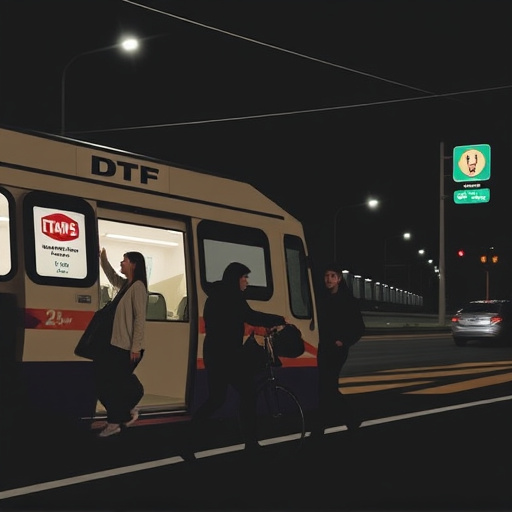
To optimize Direct-to-Film (DTF) delivery for efficient results, understanding the unique characteristics of your product is key. The DTF transfer process involves seamlessly integrating digital content directly into a physical medium, such as film or fabric. This method offers unparalleled customization and quality for various applications, from photography to textile design. By aligning your expectations with the capabilities of DTF technology, you can ensure optimal outcomes. For instance, choosing the right file format and resolution beforehand facilitates smoother transfer and higher print quality.
Efficient DTF delivery also hinges on streamlined workflows. Collaborating closely with service providers who specialize in DTF transfers can significantly reduce turnaround times. Clear communication regarding file sizes, formats, and desired resolutions helps avoid delays at each step of the process. Additionally, leveraging advanced printing techniques and materials compatible with DTF methods enhances productivity while maintaining consistency in results. This holistic approach ensures that your DTF products are delivered on time, meeting or exceeding your quality standards.


